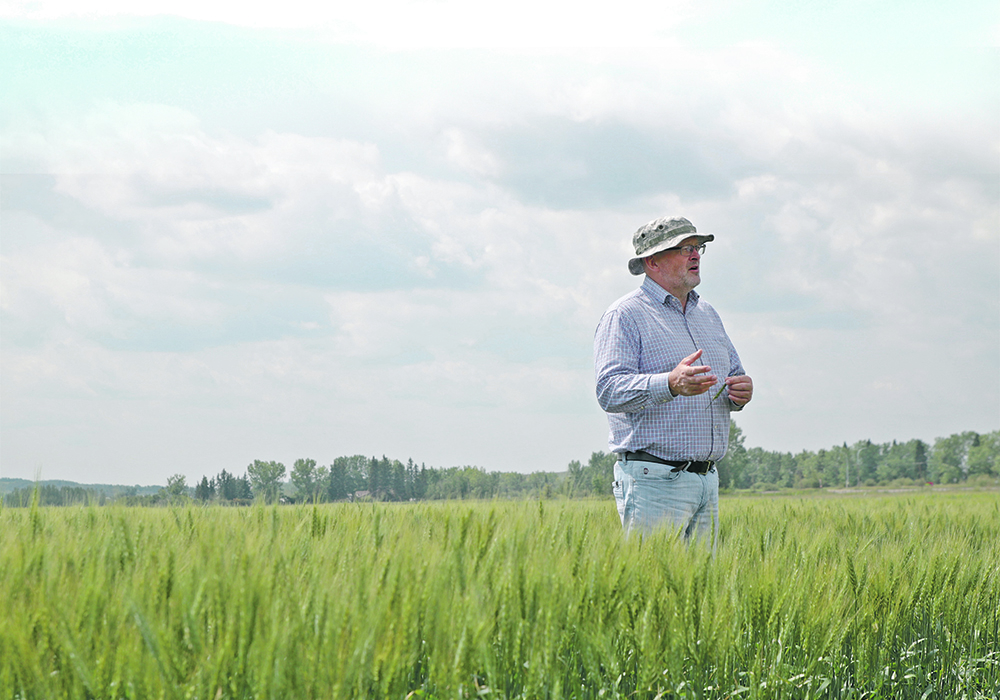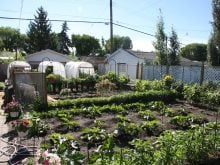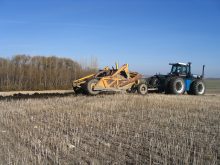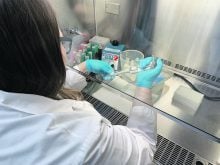Corn is no longer a marginal crop in Western Canada.
When grain, silage and grazing corn are combined, nearly one million acres were grown across the Prairies in 2019.
“It’s not going to go away. The adoption rate is ramping up every winter,” Bart Lardner, a University of Saskatchewan beef scientist, said last fall.
Lardner was talking about grazing corn, but prairie producers are feeling more enthusiastic about grain corn and corn for silage.
If the trend continues, the Prairies could have 1.5 to two million acres of corn by 2025.
Read Also
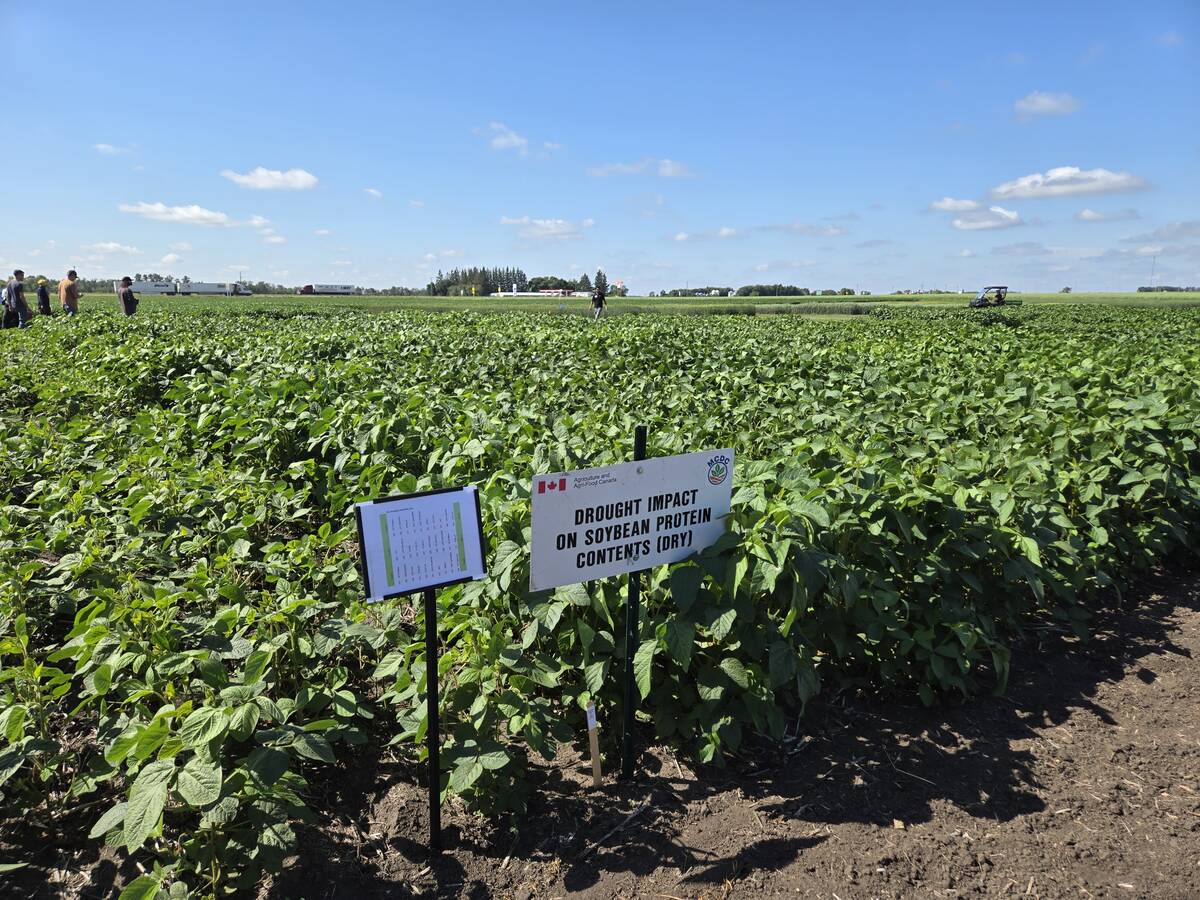
Carberry field day looks for agriculture solutions
Manitoba farmers explored research solutions for resilient crops, perpetual agronomic issues and new kinds of agricultural products at a field day at the Manitoba Crop Diversification Centre in Carberry on Aug. 6.
That’s positive news for the corn sector, but Kelly Turkington has a different take.
The plant pathologist worries about the diseases associated with corn.
Especially fusarium head blight.
“Corn is an excellent host for fusarium. And where you grow corn in rotation with small grain cereals, your issues with fusarium, mycotoxins and downgrading… are going to be greater,” said Turkington, a plant disease specialist with Agriculture Canada in Lacombe, Alta.
“We’re seeing a lot more silage corn production and grain corn production, which could have some implications, in terms of fusarium head blight risk.”
More corn and possibly more fusarium is an emerging issue in plant pathology across Western Canada. Turkington and his Agriculture Canada colleagues, along with industry experts, are studying dozens of other trends in plant disease and disease management.
One of those trends is something called bio-fumigants, which is where farmers grow crops that are hostile to spores, diseases and other pests in the soil.
Finding bio-fumigants
In less than a decade, aphanomyces has become troublesome root rot across the Prairies. The disease causes extreme damage to roots, as infected plants wilt and die prematurely.
Making matters worse, the aphanomyces ooospores are resilient and persist in the soil for years.
“Aphanomyces root rot is caused by Aphanomyces euteiches, a highly specialized pathogen of legumes,” SaskPulse says in a technical document.
“Unfortunately, once root rot has set in, there is nothing that can be done.”
Some producers in southern Saskatchewan have had to abandon peas in parts of their farm because the crop can’t be grown on severely infected fields.
Syama Chatterton and other Agriculture Canada researchers are experimenting with a potential solution to the aphanomyces dilemma: bio-fumigants.
Bio-fumigation is the suppression of soil borne pests and diseases through the use of plants that produce inhibitory chemicals.
Potato farmers and scientists in the Atlantic region are studying the potential of bio-fumigants, like mustard, to control soil borne pathogens like Verticillium dahlia, which causes verticillium wilt.
Chatteron is focusing on crops that release chemicals hostile to aphanomyces. The main candidates are mustard, turnips and radishes.
“The brassicas have a bio-fumigant effect. (When) the green vegetation breaks down they produce all sorts of these sulphur containing compounds,” said Chatterton, a plant pathologist for pulses and special crops with Agriculture Canada in Lethbridge.
Those compounds are known as glucosinolates.
Most of the research on brassicas and bio-fumigants has been done in the greenhouse. Chatterton is trying to duplicate those findings in the field at research centres in Lethbridge, Saskatoon and Lacombe.
She started the experiment in 2017 with a strategy of seeding a variety of brassica crops in the fall, after harvesting a crop of peas.
“The winterkill (of the brassicas) would cause plants to decay and then you’d get that decaying green matter that would act as a bio-fumigant,” she said.
Unfortunately, the strategy failed.
It was too dry in 2017 and 2018 to get the brassicas established.
In 2019, Chatterton shifted gears.
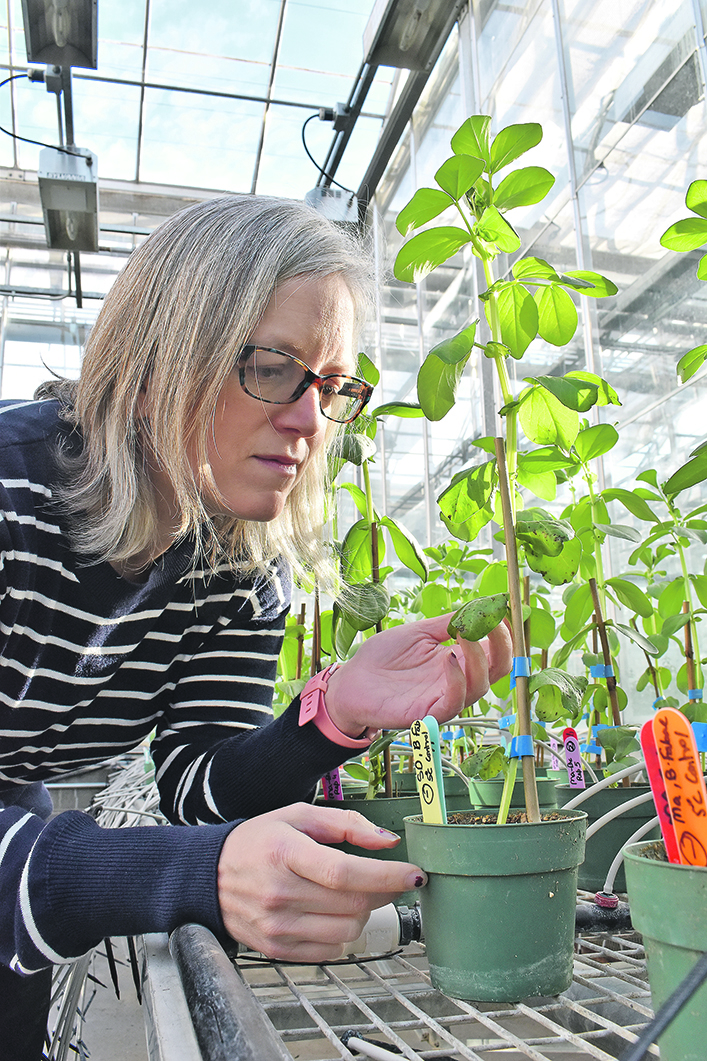
She seeded brassicas in the spring and grew them for a full season. Then, this year, she will grow field peas in the same locations to see if the mustard, turnips, radishes and other bio-fumigants knocked down aphanomyces in the soil.
Chatteron is experimenting with long list of brassicas and cover crop mixes. She’s also studying the value of working the plants into the soil.
Half of the plots are being tilled and half untilled.
“One of the questions (about) this green manure is maybe you get a bio-fumigant affect,” she said. “But if it (plant tissue) is just sitting on top of the soil, you might not reach… any of the inoculum.”
If tilling the brassica cover crops into the soil is effective in controlling aphanomyces, it means no-till farmers would have to buy an implement to work the bio-fumigant into the soil.
“(That’s) not ideal to fit in with current practices and all the benefits you get from no-till,” Chatterton admitted.
Regardless, pea and lentil growers struggling with aphanomyces might be willing to take a chance on bio-fumigants and working the cover crops into the soil.
The Agriculture Canada research on bio-fumigants and aphanomyces is expected to continue for two or three more years.
Problems of more corn
The fusarium head blight story, at least in Western Canada, began in 1993.
Thanks to an extremely wet summer “Southern Manitoba experienced the most severe epidemic of FHB on record,” said a Canadian Phytopathological Society report from 1994. “Blighted heads were found in 96.1 percent of wheat fields examined.”
FHB is a fungal disease of cereal crops that compromises yield, grade and end-use quality. The most problematic fungus, F. graminearum, can produce mycotoxins during the fungal infection process. Mycotoxins like deoxynivalenol (DON) affect livestock feed, the baking and milling quality of wheat and the brewing qualities of malt barley.
Following the Manitoba epidemic of 1993, FHB moved westward and gained a foothold all the way to Alberta.
“The number of counties in Alberta reporting F. graminearum in 2001 was nine,” Alberta Agriculture says on its website. The number of Alberta counties reached 26 in 2016, a nasty year for FHB across the Prairies.
Since then, summers have been dry and FHB has fallen off the radar.
However, the westward migration of corn could increase the risk of another 2016 because corn played a role in Manitoba’s 1993 outbreak.
Randy Clear, a fusarium expert with the Canadian Grain Commission, discovered high amounts of fusarium in Manitoba in the mid 1980s.
“The first two fields they found… that has significant levels of fusarium and DON, both had corn in there. There’s a relationship,” Turkington said. “And if you look at Europe… as corn has moved northward… the problems with graminearum have increased.”
Grazing and silage corn might be less problematic.
It is mostly grown by cattle producers, who may not grow a crop like wheat or barley on their farm.
Turkington disagreed with that assessment.
It’s likely that a neighbouring farmer is growing wheat, barley or oats. Therefore, a field of grazing corn could be a source of infection.
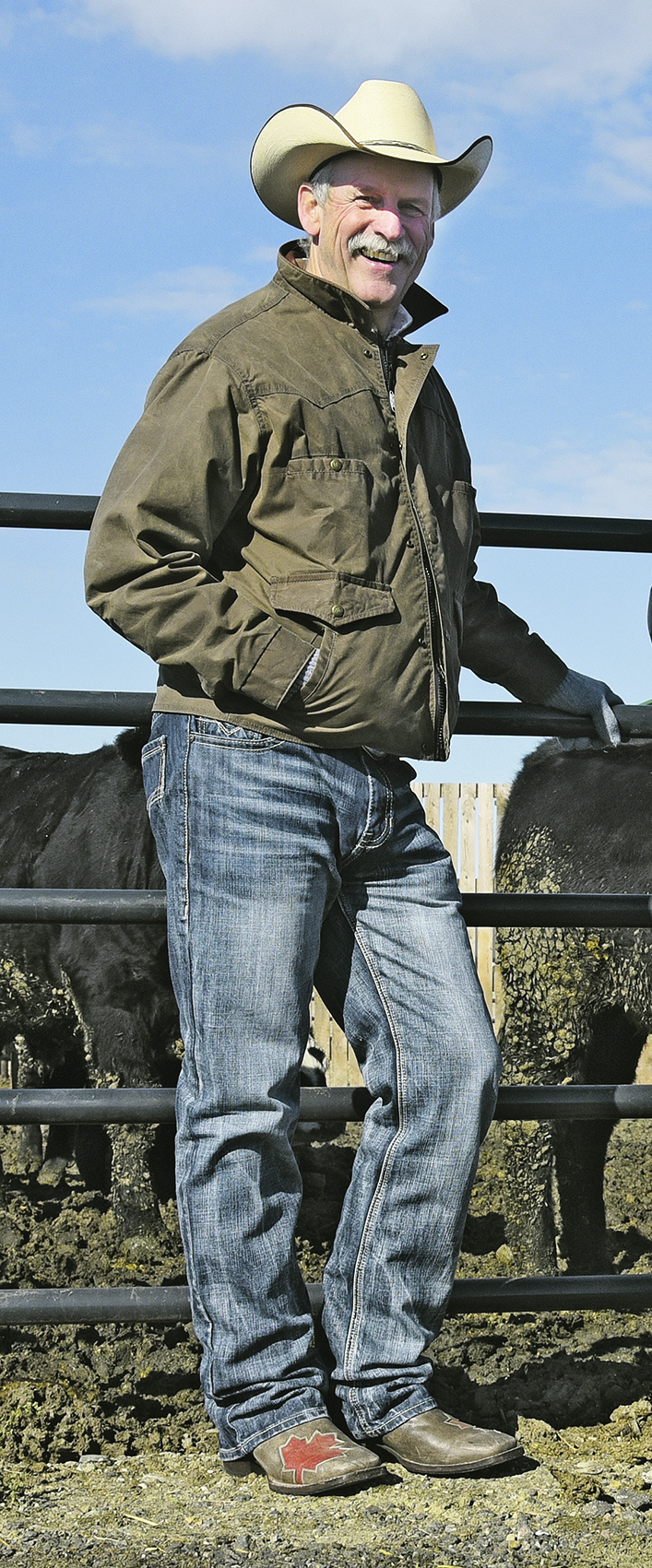
The ascospores of fusarium graminearum usually don’t move long distances with the wind, but they can infect nearby fields.
“The spores are mainly dispersed within 250 to 500 metres,” Turkington said.
There’s also the matter of the corn stubble. If grazing cattle consume all of the stubble, it should help control fusarium because graminearum cannot survive the journey through a cow’s rumen.
The question is: do cattle consume all of the corn stubble?
“If you can get animals to eat most, if not all of the residue… that would be a good way of getting rid of that (risk),” Turkington said. “Unfortunately, if you go by a lot of these grazing fields the animals have not eaten all of that material…. In some cases they’ll trample the (residue) into the ground. Now there’s a source of infection.”
Minimizing risk
Plant pathologists always recommend changing or lengthening a crop rotation to reduce disease risk. That’s not easy in this case, since nearly every farmer in Western Canada grows cereal crops.
A more practical response is being aware of fields with a recent history of fusarium. Then, avoid planting corn or other cereals near those fields.
Producers also need to know if their corn is infected with fusarium, or not.
“They can look at getting stalk tissue-tested. Seed testing labs can certainly test that,” Turkington said, adding farmers should take samples after harvest… “so you are seeing what is there and available to carry over to the next growing season.”
When it comes to silage and grazing corn, rotating fields is critical because some producers grow “corn on corn on corn,” Turkington said.
As well, silage corn growers should be aware of frost and what it means for fusarium. Research from Wisconsin indicates that farmers should silage corn, immediately, following a frost.
“What happens is the tissue is weakened or killed…. The fusarium loves that. It will readily colonize that dying plant tissue,” Turkington said.
If producers don’t silage the corn shortly after a frost, mycotoxin could threaten younger cattle feeding on the silage.
“I can’t emphasize enough, just staying on top of the problem.”


